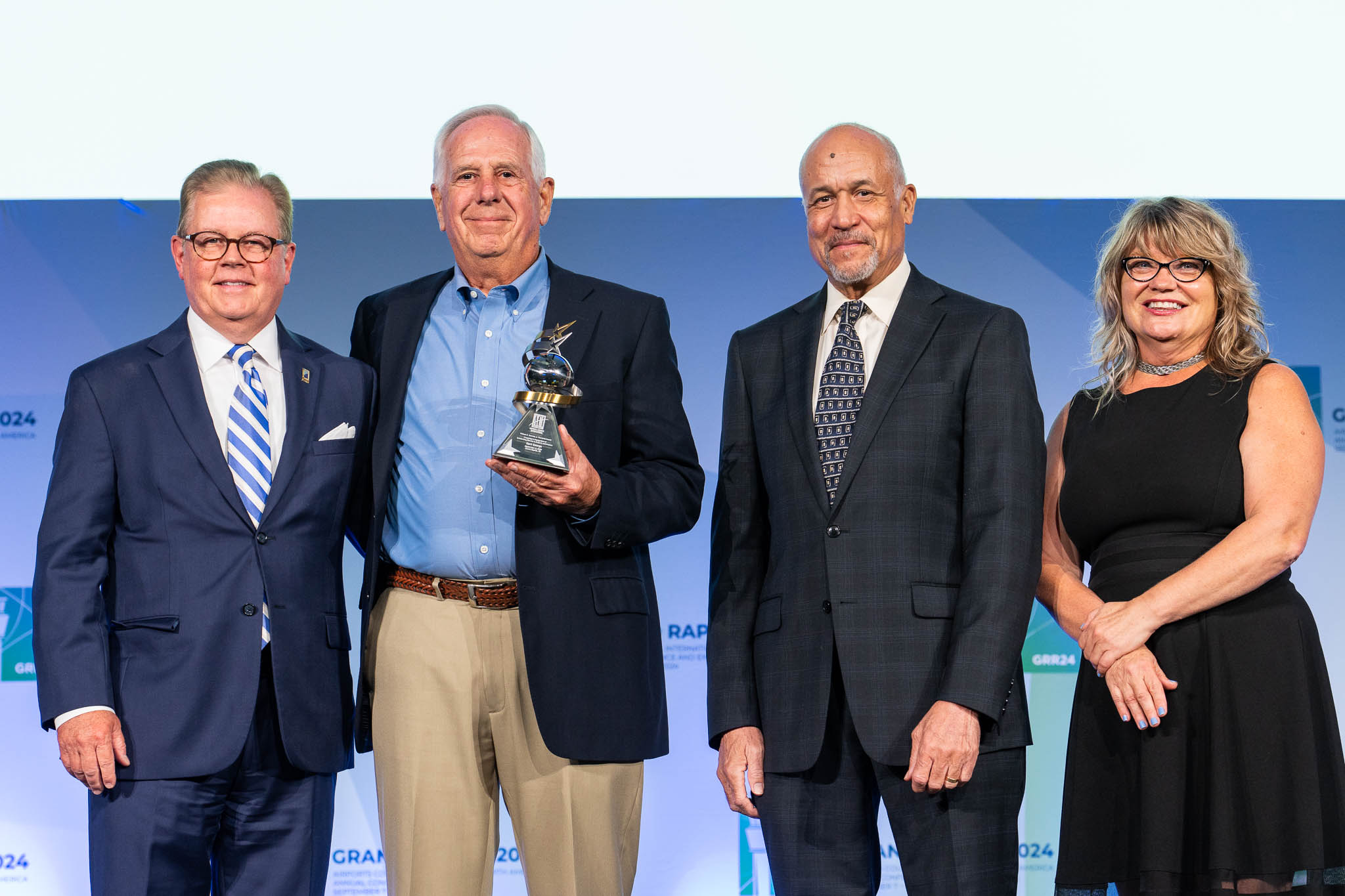By Leslie Bensen, Founder and CEO, Departure Media
In the current economic climate, non-aeronautical revenues are more important to airports than ever before and one of the most important lines on the non-aeronautical balance sheet is advertising. There is much airports can do to maximize this useful revenue stream.
Firstly, there’s the issue of infrastructure. When it comes to terminal design, many airport concession partners, be they food and beverage operators, retailers or carpark providers, will maintain that it’s important that they are involved at a very early stage of any development project, to ensure as much commercial success as possible. This is equally the case for advertising concession businesses, who will be happy to help identify and explore any potential ways things can be done to boost success. In newbuilds, it’s helpful to consider how advertising structures can be placed at an early stage. For example, glass walls, which can be architecturally spectacular, are popular in new designs. Looking to solutions such as ceiling mounted displays and other innovative alternatives can ensure that advertising opportunities are maximized in such constructions, where wall space that is traditionally used to display advertising might be limited.
Secondly, new digital technologies can offer a wealth of options for creating commercial messages that are as eye-catching and engaging as possible, capturing imaginations in a media-saturated world. Advertising concessionaires offer a plethora of technologies that will help their advertisers get the best from their investment. They will be able to propose a broad spectrum of new options that are in tune with the expectations and aspirations of today’s digital-savvy traveler, and that will enable airport advertisers to really move the dial when it comes to creating a lasting impression.
There are considerable gains to be made by thinking about how to use advertising in airports intelligently. With careful planning, airport advertising can play a role in enhancing the overall passenger experience. It can also prompt a real up-tick in profitability.
 Leslie Bensen is founder and CEO of Departure Media Airport Advertising, the largest out of home (OOH) advertising company in the US that focuses exclusively on airports. With more than 36 years’ experience, Leslie leads her team in creating advertising display programs that improve passenger experience and complement terminal aesthetics. Leslie can be contacted at lcbensen@departure-media.com.
Leslie Bensen is founder and CEO of Departure Media Airport Advertising, the largest out of home (OOH) advertising company in the US that focuses exclusively on airports. With more than 36 years’ experience, Leslie leads her team in creating advertising display programs that improve passenger experience and complement terminal aesthetics. Leslie can be contacted at lcbensen@departure-media.com.
DISCLAIMER
This article was provided by a third party and, as such, the views expressed therein and/or presented are their own and may not represent or reflect the views of Airports Council International-North America (ACI-NA), its management, Board, or members. Readers should not act on the basis of any information contained in the blog without referring to applicable laws and regulations and/or without appropriate professional advice.







 For George, family has always been at the heart of his journey. In his acceptance speech, he paid tribute to his wife Barbara, his daughters Kari and Jennifer, and his grandchildren, acknowledging their unwavering support throughout his five airport relocations and countless long days.
For George, family has always been at the heart of his journey. In his acceptance speech, he paid tribute to his wife Barbara, his daughters Kari and Jennifer, and his grandchildren, acknowledging their unwavering support throughout his five airport relocations and countless long days. ward. His professional achievements, while significant, would not have been possible without his family’s steadfast presence.
ward. His professional achievements, while significant, would not have been possible without his family’s steadfast presence.




 Corey Johnson is the Director of Aviation Sustainability at C&S Companies and a founding collaborating with AirportNetZero.com. He specializes in airport net zero planning, decarbonization and electrification strategies, and data-driven approaches to sustainability management. Prior to joining C&S, Corey worked in the energy practice at Booz Allen Hamilton in Washington, D.C. Corey holds a Master of Environmental Management from Yale University and is an active private pilot.
Corey Johnson is the Director of Aviation Sustainability at C&S Companies and a founding collaborating with AirportNetZero.com. He specializes in airport net zero planning, decarbonization and electrification strategies, and data-driven approaches to sustainability management. Prior to joining C&S, Corey worked in the energy practice at Booz Allen Hamilton in Washington, D.C. Corey holds a Master of Environmental Management from Yale University and is an active private pilot.
 Arpit Malaviya is CEO and Co-Founder of ProDIGIQ, Inc. He has accumulated close to 20 years of experience in aviation management, strategic planning, business development, and large project management. Arpit was awarded the SWAAAE President’s Award and the 40 Under 40 Award. He may be reached at arpit.malaviya@prodigiq.com
Arpit Malaviya is CEO and Co-Founder of ProDIGIQ, Inc. He has accumulated close to 20 years of experience in aviation management, strategic planning, business development, and large project management. Arpit was awarded the SWAAAE President’s Award and the 40 Under 40 Award. He may be reached at arpit.malaviya@prodigiq.com


 Yuval Kossovsky has spent the last decade developing the enterprise indoor mapping program for Apple and driving the global adoption of IMDF. Over the past 15 years, he’s worked with the aviation community, most notably with the Apple iPad as EFB for airlines program and airport maps for Apple Maps.
Yuval Kossovsky has spent the last decade developing the enterprise indoor mapping program for Apple and driving the global adoption of IMDF. Over the past 15 years, he’s worked with the aviation community, most notably with the Apple iPad as EFB for airlines program and airport maps for Apple Maps. The next stage is to identify the data sources that contain the information that need to be analyzed to deliver actionable insights, and where the work should take place. For example, video data is too large to be moved to a central location and needs to be analyzed where the activity is actually taking place to deliver real-time insights.
The next stage is to identify the data sources that contain the information that need to be analyzed to deliver actionable insights, and where the work should take place. For example, video data is too large to be moved to a central location and needs to be analyzed where the activity is actually taking place to deliver real-time insights. Wayne has over 25 years of senior management experience in companies ranging from start-ups to Fortune 50 firms. He currently drives market strategy for Dell Technologies’ Computer Vision and Edge Verticals practices. The team is responsible for identifying and managing strategic technology partners that create solutions to make the world a safer and smarter place. He is helping to drive industry transformation by educating the market on the role these solutions play as the foundation of a “safe + smart” infrastructure.
Wayne has over 25 years of senior management experience in companies ranging from start-ups to Fortune 50 firms. He currently drives market strategy for Dell Technologies’ Computer Vision and Edge Verticals practices. The team is responsible for identifying and managing strategic technology partners that create solutions to make the world a safer and smarter place. He is helping to drive industry transformation by educating the market on the role these solutions play as the foundation of a “safe + smart” infrastructure. Tam is Vice President, Global Transportation Segment where she is responsible for the strategy, sales & deployment of Schneider Electric’s portfolio for infrastructures of the future across 40 countries. Tam has been at the forefront in defining and delivering solutions to address customer pain points through her 22-year tenure at Schneider Electric. Her expertise in sustainability consulting services and strategic customer experience management allows her to deliver tailored services for new and existing customers, with a particular focus on leading electrification efforts to build more sustainable operations.
Tam is Vice President, Global Transportation Segment where she is responsible for the strategy, sales & deployment of Schneider Electric’s portfolio for infrastructures of the future across 40 countries. Tam has been at the forefront in defining and delivering solutions to address customer pain points through her 22-year tenure at Schneider Electric. Her expertise in sustainability consulting services and strategic customer experience management allows her to deliver tailored services for new and existing customers, with a particular focus on leading electrification efforts to build more sustainable operations.